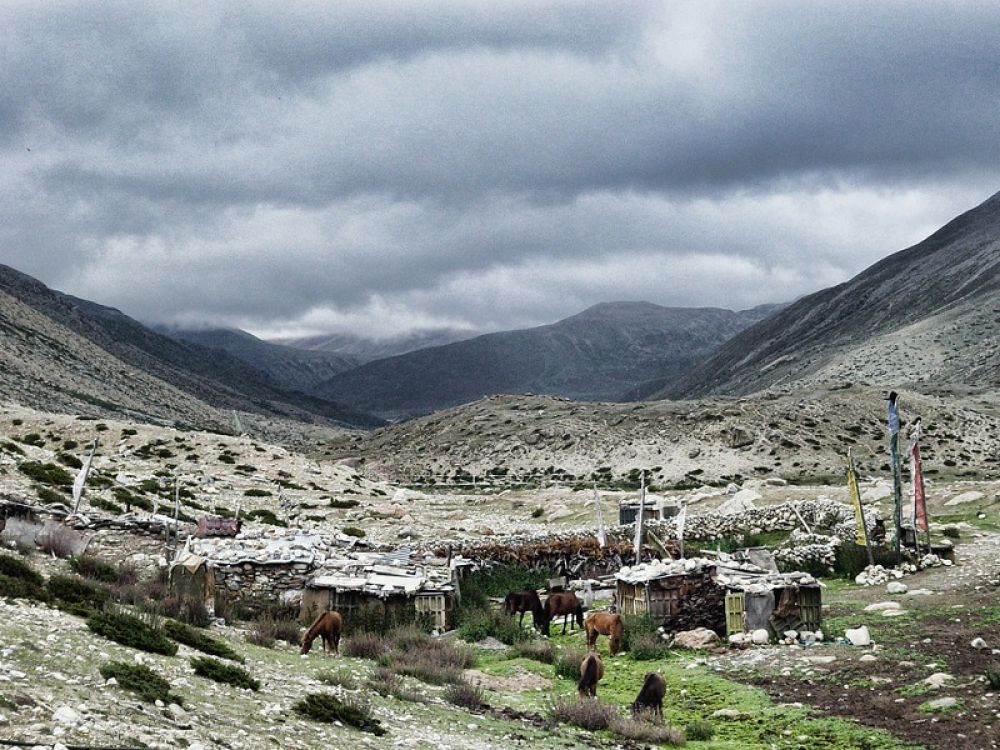

The Lhonak Valley, situated in the North District of Sikkim near Lachen, remains one of the most pristine and untouched regions by the booming tourism industry. This remote valley, known for its breathtaking landscapes and diverse ecosystem, has only recently become accessible to a broader audience, with tourism slowly evolving over the past few decades.
The history of tourism in Sikkim began in earnest post the 1950s, driven by its natural beauty, cultural heritage, and the allure of the Himalayas. Initially, it attracted adventurers and mountaineers looking to conquer the peaks and explore the rugged terrain. However, it wasn't until the early 2000s that areas like Lachen and Lhonak Valley became more accessible due to improvements in road connectivity and infrastructure.
Lhonak Valley's tourism growth has been methodically regulated owing to its proximity to international borders and the delicate ecosystem. Visitors require special permits, and the number of tourists entering the region is controlled to minimize environmental impact, making it a haven for sustainable tourism enthusiasts.
Recent initiatives by the Sikkim government and private stakeholders aim to boost Lhonak Valley's visibility as a premier travel destination while ensuring sustainable practices. Infrastructure improvements are ongoing, with care taken not to disrupt the valley's ecological balance. Awareness campaigns around responsible tourism are also a part of the effort to preserve this majestic Himalayan region.
As a relatively new destination on the tourism map, Lhonak Valley remains a hidden gem for travelers who seek the serenity and grandeur of the Himalayas, away from the crowds. With continued responsible tourism practices, Lhonak Valley is set to become one of the pinnacles of Himalayan travel itineraries in a sustainable and environmentally-sensitive manner.